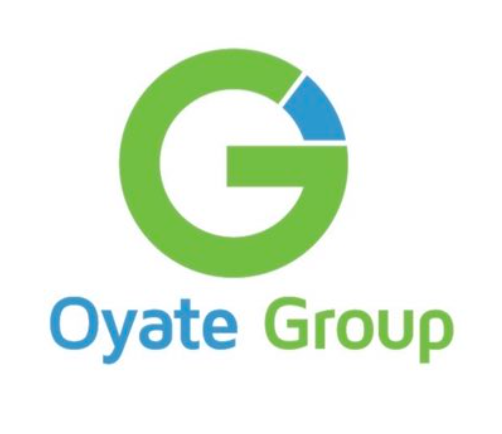
COVID-19 Racial Disparities In U.S.
Mainichi Newspaper – Japan
In the Bronx, New York, racial disparities in vaccination rates are evident, with only 30% of Black New Yorkers and 40% of Latino Americans being fully vaccinated against COVID-19. The Bronx Rising Initiative organized a vaccination event to address this issue, aiming to reach out to vulnerable communities and combat vaccine misinformation.
The hesitancy towards vaccination is influenced by false rumors and historical distrust of medical care and government among the Black and Latinx populations. The lack of access to accurate information and nearby medical facilities, combined with concerns about potential side effects impacting work and income, further contribute to the lower vaccination rates in these communities.
As the highly contagious Delta variant spreads, increasing the number of new COVID-19 cases, there is a growing urgency to convince people of the need for vaccination. The Bronx Rising Initiative emphasizes the importance of individual outreach and patience in encouraging vaccination within these communities, with the ultimate goal of ensuring adequate protection before the winter season.
Recent Articles
Najhim Luke Gets 25 Years for Fatally Shooting Rising Basketball Star Brandon Hendricks in Crossfire
Norwood News The article discusses the tragic shooting of Brandon Hendricks, a 17-year-old rising basketball star and academic standout from The Bronx, who was fatally ...
OPINION: The migrant crisis is not unsolvable
NYNMEDIA The term "migrant crisis" has been politicized in the United States, casting individuals and families fleeing adversity as nuisances rather than recognizing them ...
2024 Brandon Hendricks Scholarship | OPEN
https://www.youtube.com/watch?v=fsDWl3iDihk BronxNet OPEN Host Daren Jaime sits down with the Oyate Group’s Program Coordinator, Alexander Reyes, and Project Manager, ...


